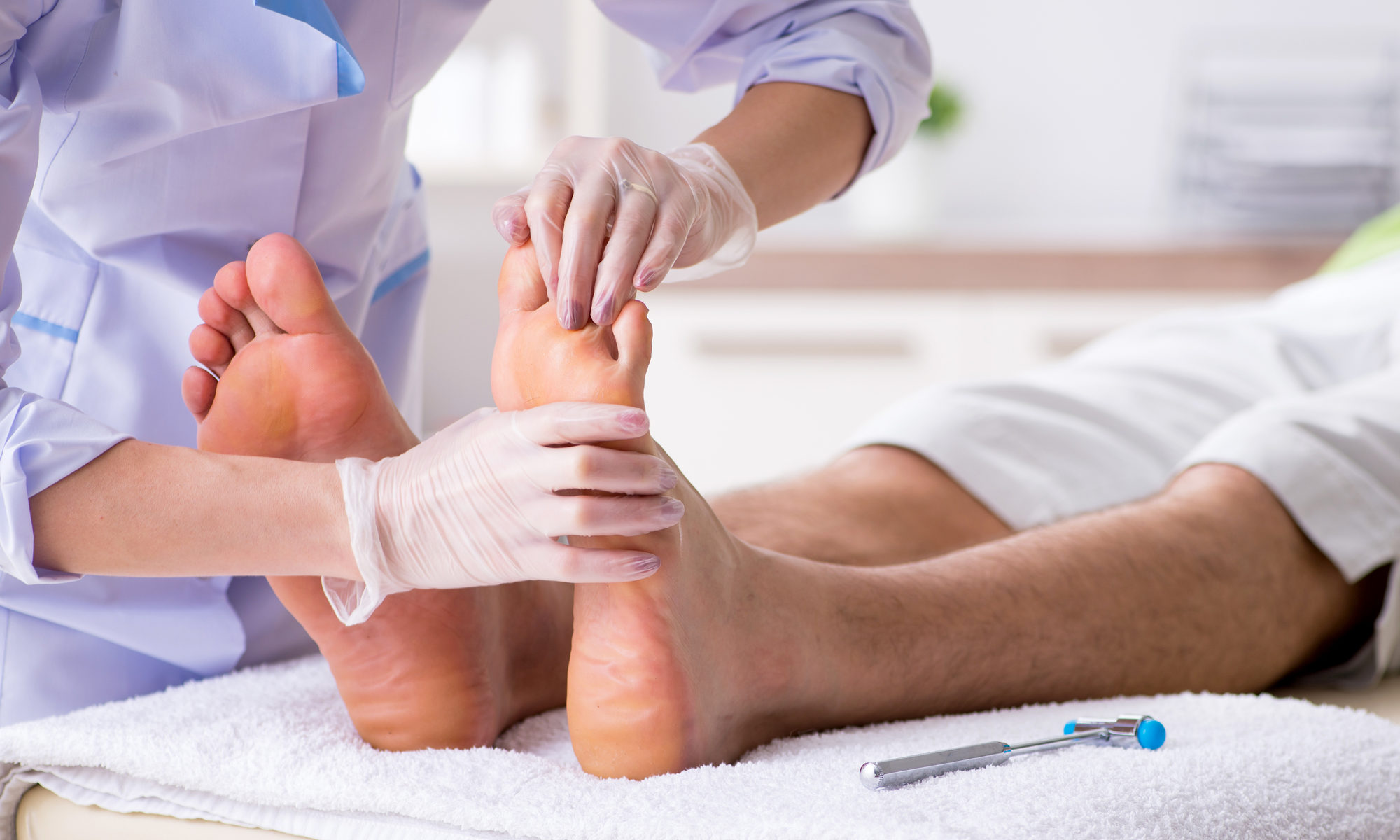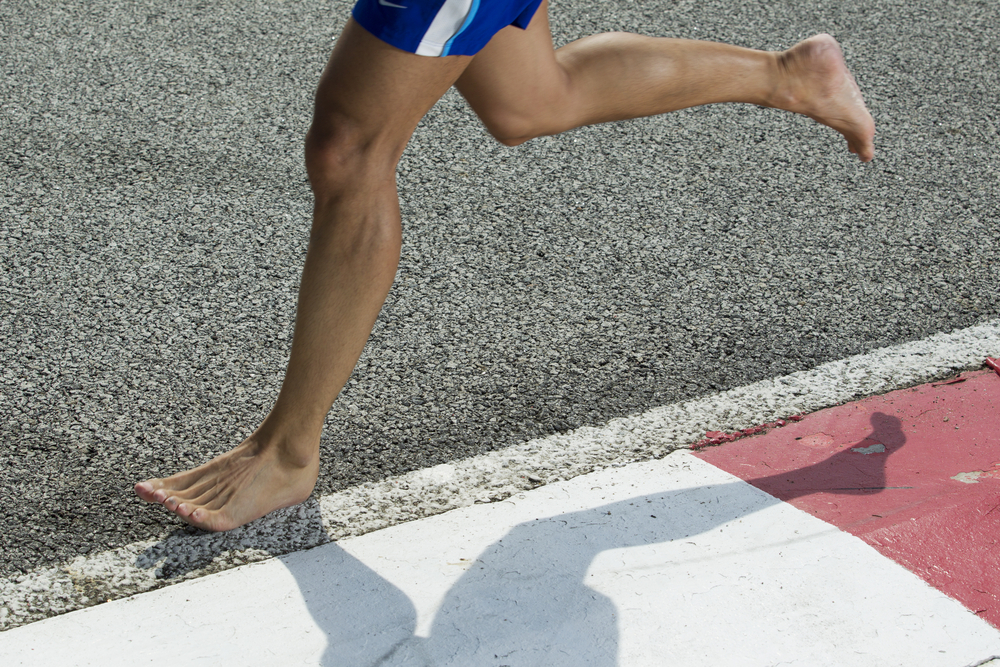Press Release:

A new study shows that college athletes who sustain concussions are more likely to have a lower extremity injury in the same season after they return from the concussion.
Dr. Daniel Herman, a fellow in primary care sports medicine at the University of Florida, presented this research at the American Medical Society for Sports Medicine conference in San Diego, California. Athletes with concussions were 3.79 times more likely to get a muscle or ligament injury than their non-concussed teammates. The severity of the injuries was not statistically different between the two groups. This research takes the popular topic of concussions in a direction that many people have not thought about.
“These results may have clinical implications ranging from pre-season injury risk stratification to post-concussion rehabilitation practices to return to play considerations, said Dr. Herman. My colleagues and I are working to develop additional studies investigating the impact of neurocognitive performance on musculoskeletal injuries.”
Dr. Daniel Herman, a fellow in primary care sports medicine at the University of Florida, received his MD and PhD (Biomedical Engineering) at the University of North Carolina, and completed his residency in Physical Medicine and Rehabilitation at the University of Virginia. His research focuses on neuromuscular and neurocognitive risk factors for musculoskeletal injury, and he is a prior recipient of the American Orthopedic Society for Sports Medicine’s O’Donoghue Award for Sports Injury Research. He will be starting at an Assistant Professor in the Department of Orthopedics and Rehabilitation at the University of Florida in July 2013.
A new study shows that college athletes who sustain concussions are more likely to have a lower extremity injury in the same season after they return from the concussion.
Dr. Daniel Herman, a fellow in primary care sports medicine at the University of Florida, presented this research at the American Medical Society for Sports Medicine conference in San Diego, California. Athletes with concussions were 3.79 times more likely to get a muscle or ligament injury than their non-concussed teammates. The severity of the injuries was not statistically different between the two groups. This research takes the popular topic of concussions in a direction that many people have not thought about.
“These results may have clinical implications ranging from pre-season injury risk stratification to post-concussion rehabilitation practices to return to play considerations following concussion, said Dr. Herman. My colleagues and I are working to develop additional studies investigating the impact of neurocognitive performance on musculoskeletal injuries.”
Dr. Daniel Herman, a fellow in primary care sports medicine at the University of Florida, received his MD and PhD (Biomedical Engineering) at the University of North Carolina, and completed his residency in Physical Medicine and Rehabilitation at the University of Virginia. His research focuses on neuromuscular and neurocognitive risk factors for musculoskeletal injury, and he is a prior recipient of the American Orthopedic Society for Sports Medicine’s O’Donoghue Award for Sports Injury Research. He will be starting at an Assistant Professor in the Department of Orthopedics and Rehabilitation at the University of Florida in July 2013.

